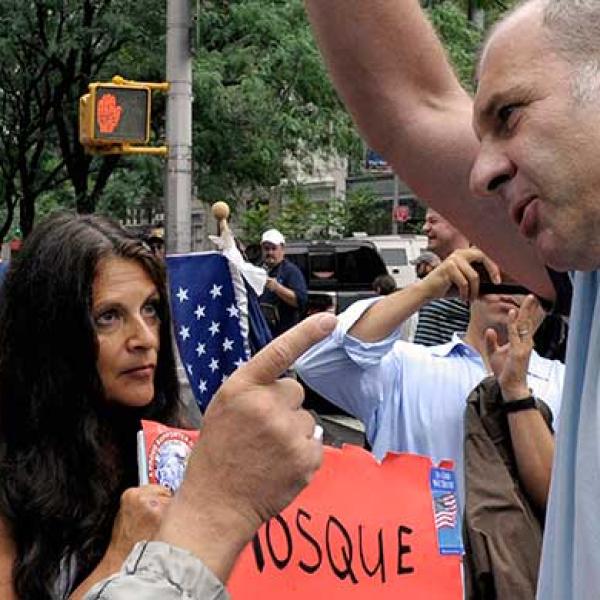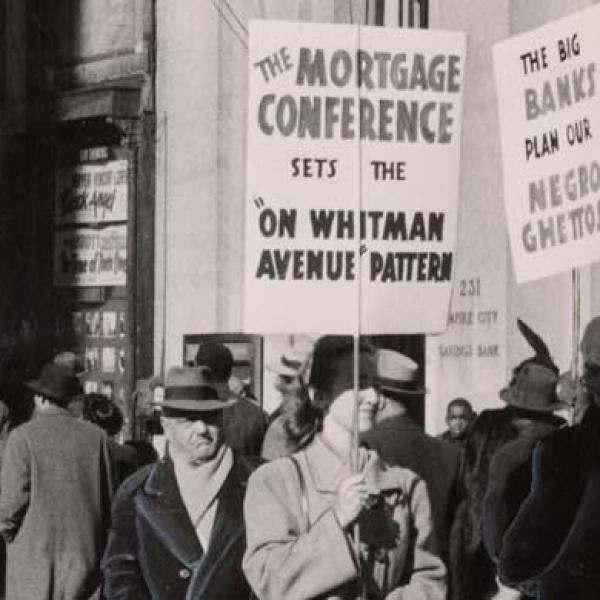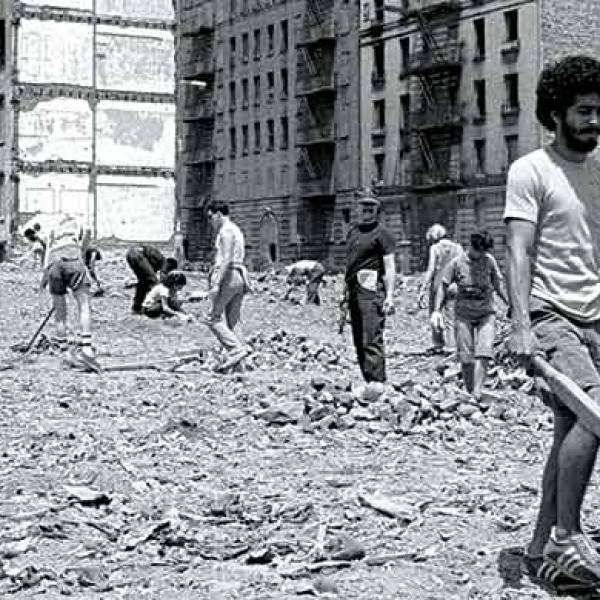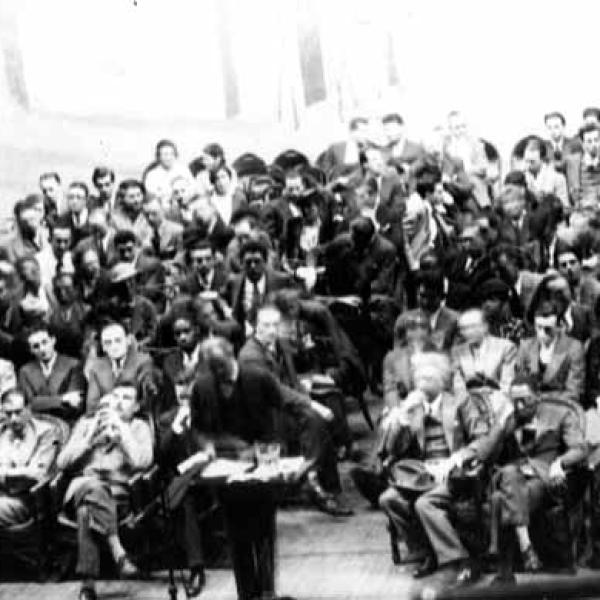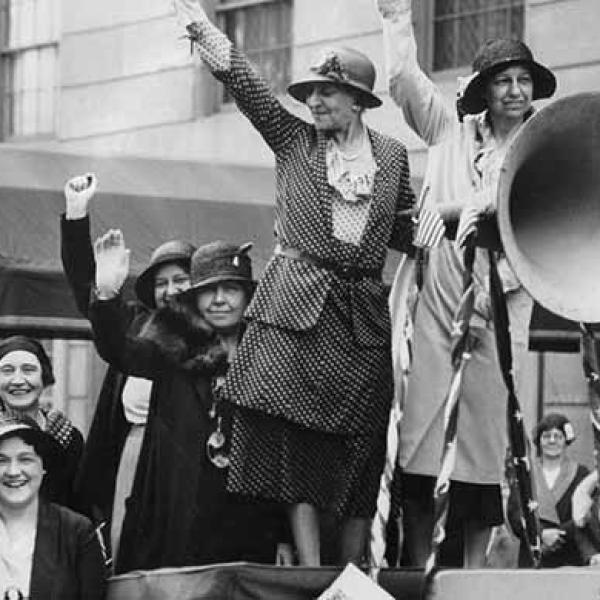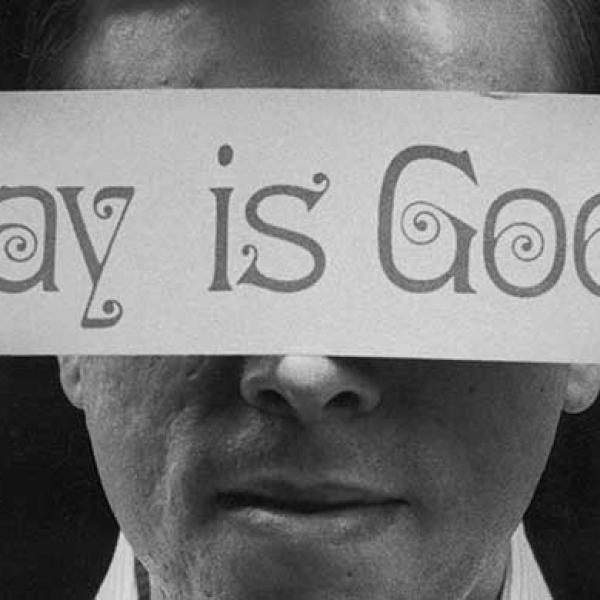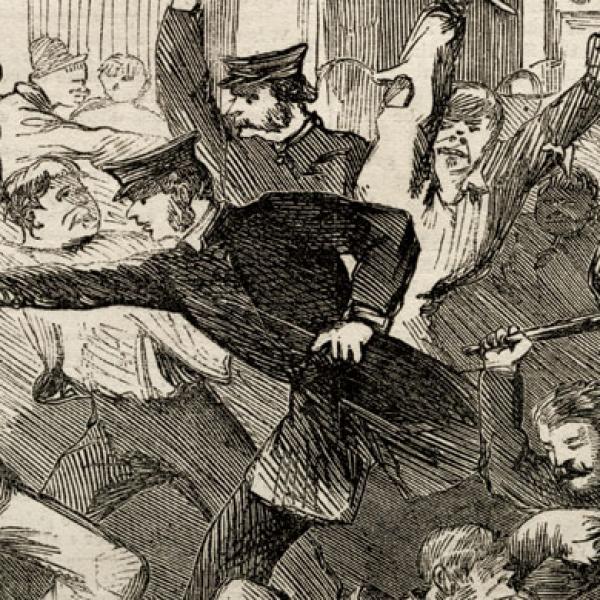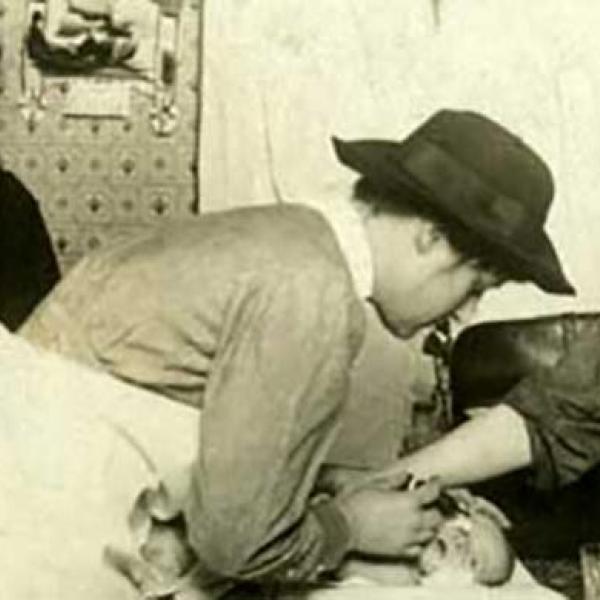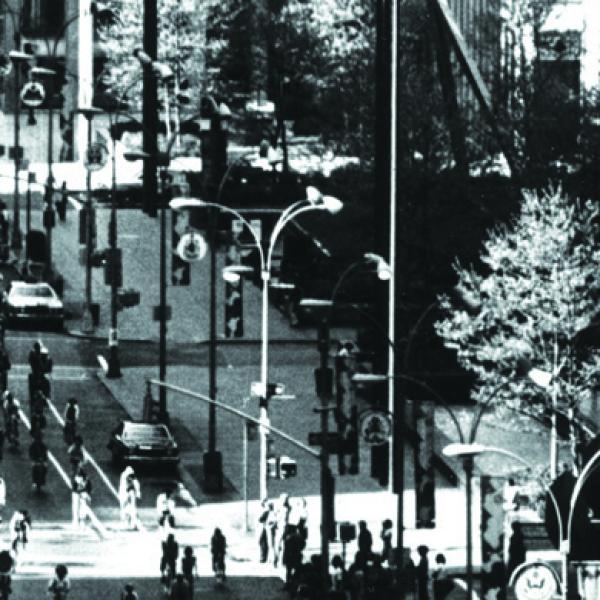Activist New York
Show exhibitions by:
Debating Park51
In 2010, controversy erupted over a plan to build an Islamic Cultural Center on Park Place in Lower Manhattan, two blocks from the devastated World Trade Center site.
Civil Rights
In 1947, former Army Captain Joseph R. Dorsey and two other African-American veterans sued to obtain apartments in the new, whites-only Stuyvesant Town housing project on Manhattan’s Lower East Side. Although their lawsuit was not successful, their case symbolized a new era in civil rights activism in New York City, which had become the world’s largest African-American urban community.
South Bronx
In the decades after the new Cross-Bronx Expressway bisected the South Bronx in the 1950s, abandonment and arson claimed large swaths of the borough. Facing diminishing revenues, some landlords were accused of burning their own buildings.
Activist Literature
In the 1930s, in the midst of the Great Depression, many New York writers used novels and poems as tools to address the working class, or “proletariat.” Using the written word to advance their political agenda, these writers espoused their views on class, communism, and global affairs. This movement “does not believe in literature for its own sake,” explained writer and editor Mike Gold, “but in literature that is useful, has a social function.”
Protesting Prohibition
In 1919, after decades of a national temperance campaign urging voluntary abstinence from alcohol, voters ratified the 18th amendment prohibiting alcohol’s manufacture and sale. A demand for sober workers during wartime helped usher in the amendment during World War I. New York City, with its famed nightlife and saloon culture, was at the center of the debate that continued to rage after the enactment of “Prohibition.”
LGBTQ+ Rights
In the early hours of June 28, 1969, police raided the Stonewall Inn—an unlicensed club popular among a racially diverse mix of gay, lesbian, and transgender New Yorkers. The state routinely denied liquor licenses to bars that catered to gay patrons, which led to gatherings in unlicensed establishments. The Stonewall raid sparked three days of protests on the streets of Greenwich Village. Advocates for gay rights had been active in the city for decades, but the Stonewall uprising ushered in a new mass movement.
Abolishing Slavery
After New York State abolished slavery in 1827, a small group of New York City abolitionists, such as David Ruggles and Abby Hopper Gibbons, continued to work for an end to slavery nationwide. Both black and white activists denounced New Yorkers who profited from slavery through investment and trade, and they aided escaped slaves making their way to freedom via a secret network of New York “stations” on the Underground Railroad.
Settlement Houses
In 1886, New Yorker Stanton Coit founded the nation’s first “settlement house,” the New York Neighborhood Guild (today the University Settlement) on Forsyth Street on the Lower East Side. Inspired by the example of reformers in London’s Toynbee Hall, Coit and others moved to the city’s poorest neighborhoods to work with immigrants living in crowded, unhealthy tenement apartments. They lived as members of the community and helped local families receive health care, enroll in educational programs, join recreational clubs, and enjoy a range of social services.
Bicycle Advocacy
On April 7, 1973, some 400 cyclists chanting “Bikes don’t pollute” rode through midtown Manhattan in a “Bike-In” that called for separate lanes to encourage bicycling and provide safety on city streets.
